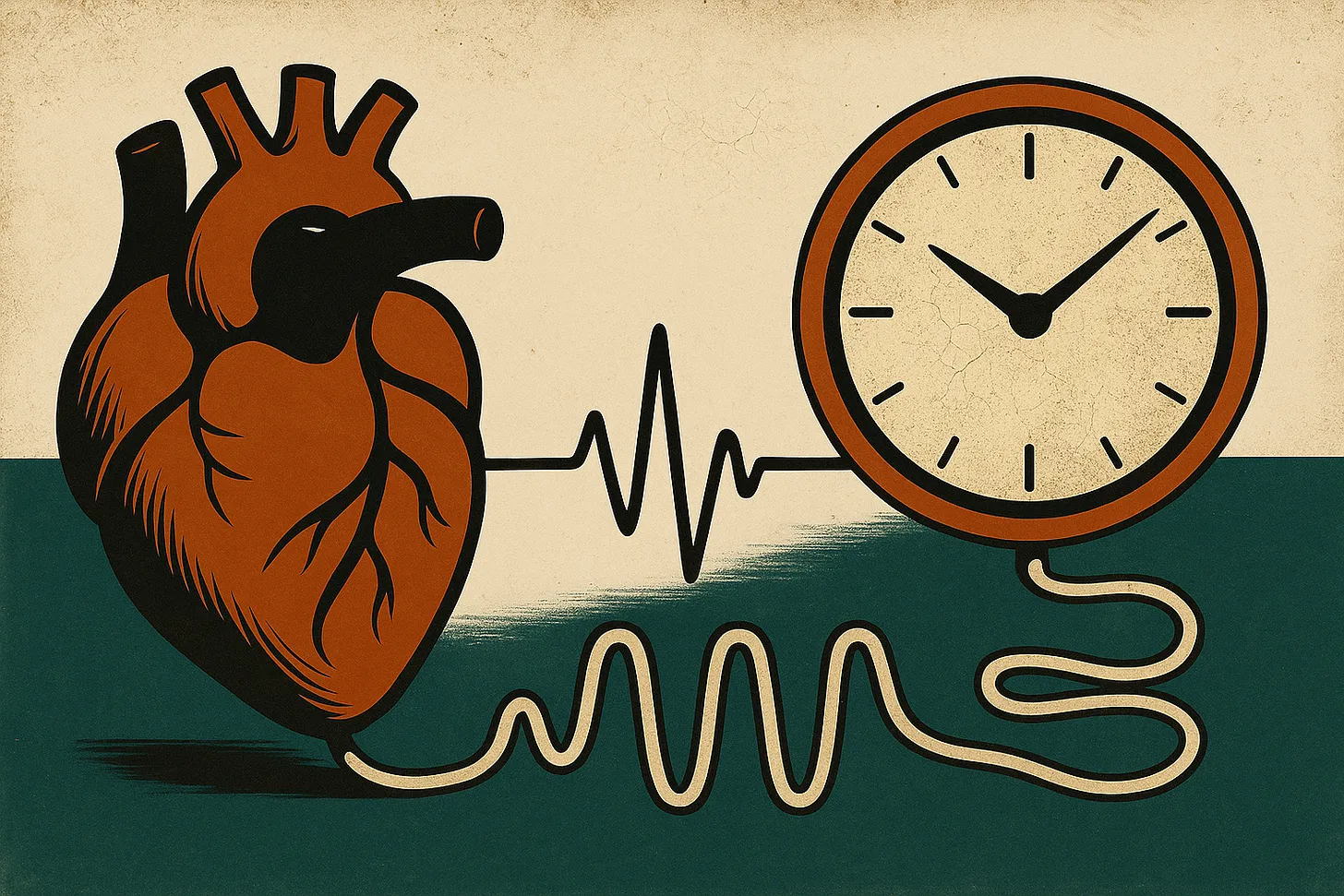
[Source] The heart monitor flatlines. The family weeps. The doctors wait exactly 75 seconds—then restart the procedure. In the world of organ transplants, "dead enough" has become a moving target.
The New York Times just reported something most people aren't ready to hear: in the rush to expand organ transplants, procurement teams have sometimes started too early. Not after death—before it was fully established.
This isn't just investigative journalism anymore—it's official. In July, the U.S. Department of Health and Human Services released the results of a federal investigation into the transplant system. Their words, not mine: "Hospitals allowed the organ procurement process to begin when patients showed signs of life, and this is horrifying," declared HHS Secretary Robert F. Kennedy, Jr. The federal report found at least 28 patients may not have been dead when organ removal began.
This is happening under a protocol called donation after circulatory death (DCD). It's fundamentally different from the more established practice of donation after brain death, where patients have irreversibly lost all brain function and are kept on machines only to maintain their organs. DCD patients still have some brain activity—they're dying, but not yet dead. Doctors determine they're near death and won't recover, but that's a medical judgment call, not biological certainty.
Read more...